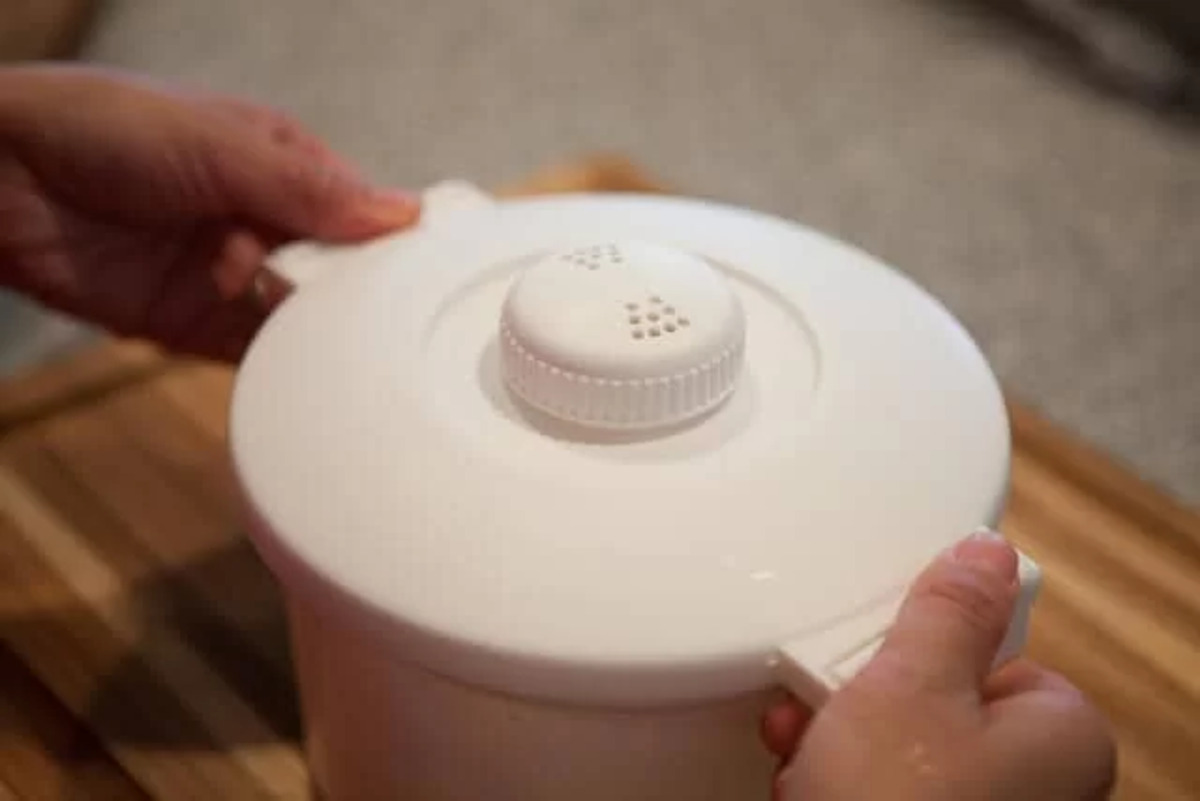

Articles
How To Make Rice In A Microwave Rice Cooker
Modified: October 19, 2024
Learn how to make perfectly cooked rice in a microwave rice cooker with this step-by-step article. Easy and convenient method for delicious rice dishes.
(Many of the links in this article redirect to a specific reviewed product. Your purchase of these products through affiliate links helps to generate commission for Storables.com, at no extra cost. Learn more)
Introduction
When it comes to cooking rice, using a microwave rice cooker can be a convenient and efficient option. Whether you’re a busy professional, a college student, or simply looking for a hassle-free way to prepare rice, a microwave rice cooker can be a valuable addition to your kitchen arsenal.
In this article, we will guide you through the process of making rice using a microwave rice cooker. We’ll cover everything from choosing the right cooker, preparing the rice, adding flavor enhancements, cooking techniques, testing for doneness, serving suggestions, and even cleaning and maintaining your rice cooker. By the end of this article, you’ll have all the knowledge you need to make perfect rice every time.
But before we dive into the details, let’s briefly discuss the advantages of using a microwave rice cooker. First and foremost, a microwave rice cooker is incredibly easy to use. Simply add the rice and water, pop it in the microwave, and let it cook. There’s no need to constantly monitor the pot or worry about the rice boiling over.
Additionally, a microwave rice cooker is much quicker than traditional stovetop methods. In just a few minutes, you’ll have fluffy and perfectly cooked rice. Plus, the compact size makes it ideal for small kitchens or for those who don’t have access to a stove.
Furthermore, using a microwave rice cooker can save energy compared to using a stovetop. Since the microwave uses electromagnetic waves to heat the food, it can cook rice more efficiently and with less energy consumption.
Now that we understand the benefits of using a microwave rice cooker, let’s move on to the first step: choosing the right one for your needs.
Key Takeaways:
- Choose the right microwave rice cooker by considering size, material, lid quality, and additional features. Properly measure ingredients, add flavor enhancements, and follow cooking instructions for perfect rice every time.
- Maintain your microwave rice cooker by cleaning it thoroughly, checking for damage, and storing it properly. Experiment with flavor variations, adjust cooking techniques, and troubleshoot to master the art of cooking rice.
Read more: How To Use A Microwavable Rice Cooker
Choosing the Right Microwave Rice Cooker
When it comes to selecting a microwave rice cooker, there are a few key factors to consider. Here are some tips to help you choose the right one for your needs:
- Size: Consider how much rice you typically cook and the available storage space in your kitchen. Microwave rice cookers come in various sizes, so choose one that can accommodate the amount of rice you usually make.
- Material: Opt for a microwave rice cooker made of BPA-free, microwave-safe plastic. This ensures that the cooker remains safe to use in high-heat environments.
- Lid: Look for a rice cooker with a secure and tight-fitting lid. This will prevent any spills or splatters during the cooking process.
- Steam Vents: Check if the rice cooker has steam vents on the lid. These vents allow excess steam to escape, preventing the rice from becoming mushy or overcooked.
- Measurement Lines: Consider a rice cooker that has clear measurement lines marked inside. These lines help you accurately measure the rice and water ratios for perfect cooking results.
- Additional Features: Some microwave rice cookers come with additional features like built-in rice paddles or serving bowls. While these features are not necessary, they can be convenient to have.
Before making a purchase, take the time to read reviews and compare different brands and models. This will help you make an informed decision and select a microwave rice cooker that meets your needs and budget.
Once you have chosen the right microwave rice cooker, it’s time to move on to the next step: preparing the rice.
Preparing the Rice
Properly preparing the rice is essential to achieving delicious and fluffy results. Here’s how to prepare the rice for cooking in a microwave rice cooker:
- Rinsing: Measure the desired amount of rice and place it in a fine-mesh sieve or a colander. Rinse the rice under cold running water to remove any excess starch. Continue rinsing until the water runs clear.
- Soaking: Some varieties of rice, such as basmati or jasmine, benefit from soaking before cooking. Soaking rice helps to soften the grains, resulting in a better texture. If you choose to soak the rice, place it in a bowl and cover it with cold water. Let it soak for about 15-30 minutes before draining.
Once you’ve rinsed and soaked the rice (if necessary), it’s time to move on to the next step: measuring the ingredients.
Measuring the Ingredients
Accurate measurements are crucial to achieving perfectly cooked rice. Here’s how to measure the ingredients for cooking rice in a microwave rice cooker:
- Rice: Measure the desired quantity of rice using a measuring cup. The general rule of thumb is to use 1 cup of uncooked rice for every 2 cups of cooked rice. However, the ratio may vary depending on the type of rice you are using, so it’s best to refer to the specific instructions for your rice cooker.
- Water: The amount of water needed will depend on the type of rice and your desired texture. As a general guideline, use 1 ¾ to 2 cups of water for every cup of uncooked rice. Again, refer to the instructions that came with your microwave rice cooker for the specific water-to-rice ratio.
Once you’ve properly measured the rice and water, it’s time to move on to the next step: adding flavor enhancements.
Adding Flavor Enhancements
While plain rice can be delicious on its own, adding flavor enhancements can take it to the next level. Here are a few ideas to enhance the taste of your cooked rice:
- Salt: Add a pinch of salt to the rice before cooking to enhance its natural flavors.
- Herbs and Spices: Experiment with different herbs and spices to give your rice a unique flavor. Try adding a teaspoon of dried herbs like thyme, oregano, or basil, or spices like cumin, turmeric, or paprika.
- Broth or Stock: Instead of using plain water, replace part or all of the water with vegetable, chicken, or beef broth for an added depth of flavor.
- Coconut Milk: For a tropical twist, substitute some of the water with coconut milk. This will lend a subtle sweetness and creamy texture to the rice.
- Veggies: Add diced vegetables like onions, carrots, peas, or bell peppers to the rice for added nutritional value and flavor. Sauté the vegetables before adding them to the rice cooker for a more intense flavor.
- Citrus Zest: Grate the zest of a lemon, lime, or orange and add it to the rice for a refreshing citrus flavor. Be sure to only use the colored part of the zest, as the white pith can be bitter.
Remember that the flavor enhancements you choose will depend on your personal preference and the type of cuisine you’re preparing. Feel free to get creative and experiment with different combinations to find your favorite flavor profiles.
Once you’ve added the desired flavor enhancements to the rice, it’s time to move on to the next step: cooking the rice in the microwave rice cooker.
Cooking the Rice in the Microwave Rice Cooker
Now that the rice is prepared and the flavor enhancements are added, it’s time to cook the rice in the microwave rice cooker. Here’s how to do it:
- Add the Rice and Water: Transfer the rinsed and drained rice into the microwave rice cooker. Make sure it is evenly spread out in the bottom of the cooker. Pour in the appropriate amount of water according to the water-to-rice ratio specified in your rice cooker’s instructions.
- Secure the Lid: Place the lid securely on the rice cooker, making sure it is tightly sealed. This will prevent steam from escaping during the cooking process.
- Microwave Cooking Time: Follow the recommended microwave cooking time provided with your microwave rice cooker. The cooking time can vary depending on the wattage of your microwave and the type of rice you are using. On average, it usually takes around 10-15 minutes on high power for the rice to cook thoroughly.
- Stirring: Some microwave rice cookers may require stirring halfway through the cooking process to ensure even heat distribution and prevent sticking. Refer to your rice cooker’s instructions to determine if stirring is necessary.
During the cooking process, the water will boil and get absorbed by the rice, resulting in fluffy and perfectly cooked grains. The microwave rice cooker’s design allows for efficient and consistent cooking, ensuring that every grain is cooked to perfection.
Once the cooking time is complete, it’s time to move on to the next step: testing for doneness.
Add a little bit of oil or butter to the rice and water in the microwave rice cooker to prevent the rice from sticking to the sides.
Testing for Doneness
Testing for doneness is crucial to ensure that your rice is cooked to perfection. Here are a few methods you can use to check if your rice is done:
- Visual Inspection: Take a peek inside the microwave rice cooker. The rice should be fluffy with each grain separate. If you notice any excess water or uncooked rice, cover the rice cooker and continue cooking for a few more minutes.
- Taste Test: Carefully remove a small portion of rice from the cooker with a fork, allow it to cool slightly, and taste it. The grains should be tender but still firm, with no crunch or raw taste. If the rice is still undercooked, cover the rice cooker and continue cooking for a few more minutes.
- Fork Test: Insert a fork into the center of the rice. If the fork goes through the grains smoothly and easily, it indicates that the rice is cooked. If there is resistance or if the rice feels hard in the center, cover the rice cooker and continue cooking for a few more minutes.
Keep in mind that the cooking time and doneness can vary depending on the type of rice and personal preference. Adjust the cooking time accordingly to achieve your desired texture, whether you prefer your rice to be softer or firmer.
Once you are satisfied with the doneness of the rice, it’s time to move on to the next step: serving and enjoying the rice.
Serving and Enjoying the Rice
Now that your rice is perfectly cooked, it’s time to serve and enjoy it. Here are some tips for serving and enhancing the flavors of your rice:
- Fluff the Rice: Before serving, use a fork or rice paddle to gently fluff the rice. This will separate the grains and give the rice a light and airy texture.
- Garnish: Consider adding some garnishes to enhance the visual appeal and flavor of the rice. Fresh herbs like cilantro, parsley, or green onions can add a pop of color and freshness to the dish.
- Sauce or Dressing: Pair your rice with a delicious sauce or dressing. For example, a soy-ginger sauce, teriyaki glaze, or homemade curry sauce can take your rice to the next level.
- Protein: Serve your rice as a side dish with your favorite protein, such as grilled chicken, tofu, or fish. The neutral flavor of rice pairs well with a variety of proteins.
- Veggies: Consider adding steamed or stir-fried vegetables to your rice for a complete and nutritious meal. Broccoli, carrots, snap peas, and bell peppers are all great options.
- Rice Bowls: Rice bowls are a popular and versatile way to enjoy cooked rice. Top your rice with cooked vegetables, protein, and a drizzle of sauce for a satisfying and balanced meal.
Remember to serve your rice warm for the best flavor and texture. You can also store any leftovers in an airtight container in the refrigerator for up to a few days and reheat it in the microwave when needed.
Now that you know how to serve and enhance your rice, it’s time to move on to the next step: cleaning and maintaining your microwave rice cooker.
Cleaning and Maintaining the Microwave Rice Cooker
Proper cleaning and maintenance of your microwave rice cooker are essential to ensure its longevity and continued performance. Here are some tips to keep your rice cooker clean and in great condition:
- Let it Cool Down: Before cleaning the rice cooker, allow it to cool down completely. This will prevent any accidental burns during the cleaning process.
- Remove Residue: Start by removing any remaining rice or food particles from the rice cooker. Use a soft sponge or cloth to scrub the interior and the lid. Avoid using abrasive materials that could scratch the surfaces.
- Wash with Mild Soap: Fill the rice cooker with warm soapy water and let it soak for a few minutes. Then, use a sponge to gently clean the inside and outside of the cooker. Rinse thoroughly to remove any soap residue.
- Dry Completely: After washing, make sure to dry the rice cooker completely before storing it. Moisture can promote the growth of bacteria or mold.
- Store Properly: When storing the microwave rice cooker, make sure to keep the lid separate to allow air circulation and prevent any unwanted odors. Store it in a clean and dry cabinet or drawer.
- Check for Damage: Regularly inspect your rice cooker for any signs of damage, such as cracks or warping. If you notice any damage, it’s best to replace the rice cooker to ensure safe and efficient cooking.
By following these cleaning and maintenance practices, you can prolong the lifespan of your microwave rice cooker and ensure that it continues to function optimally for years to come.
Now that you know how to clean and maintain your rice cooker, let’s move on to some additional tips and troubleshooting techniques to help you become a rice-cooking pro.
Tips and Troubleshooting
Here are some additional tips and troubleshooting techniques to help you master the art of cooking rice in a microwave rice cooker:
- Flavor Variations: Experiment with different flavor variations by adding ingredients like garlic, ginger, coconut flakes, or even dried fruits and nuts to the rice cooker.
- Stirring Techniques: If your rice cooker requires stirring during the cooking process, use a fork or rice paddle to gently stir the rice to prevent it from sticking to the bottom.
- Resting Time: After the rice has finished cooking, let it sit in the closed rice cooker for a few minutes to allow the steam to redistribute and the flavors to meld.
- Adjusting Cook Time: If your rice is consistently undercooked or overcooked, you may need to adjust the cooking time or water-to-rice ratio. Keep a record of your adjustments to achieve the desired results in future cooking sessions.
- Reheating Leftover Rice: To reheat leftover rice, sprinkle a few drops of water over the rice, cover the rice cooker with the lid, and microwave it on high for a minute or until heated through.
- Frequent Stirring: If you prefer stickier rice, you can stir the rice occasionally during the cooking process to release more starch and create a stickier texture.
- Preventing Boiling Over: If your rice tends to boil over during cooking, reduce the microwave power level to 70-80% power to prevent excessive boiling.
If you encounter any challenges or find that your rice is consistently not turning out as desired, don’t get discouraged. Rice cooking can be a bit of trial and error, so keep practicing and adjusting until you achieve the perfect results.
With these tips and troubleshooting techniques in mind, you are well-equipped to make delicious rice in your microwave rice cooker. Enjoy your homemade rice creations!
To wrap up, let’s conclude this article.
Conclusion
Cooking rice in a microwave rice cooker is a convenient and efficient way to achieve perfectly cooked rice with minimal effort. By following the steps outlined in this article, you have learned how to choose the right microwave rice cooker, prepare the rice, measure the ingredients, add flavor enhancements, cook the rice, test for doneness, and serve and enjoy the final result.
Remember to choose a rice cooker that suits your needs in terms of size, material, lid quality, and additional features. Properly rinsing and soaking the rice, measuring the ingredients accurately, and adding flavor enhancements are essential for delicious results. Cooking the rice in the microwave rice cooker, testing for doneness, and serving the rice with complementary dishes and garnishes elevate the overall dining experience.
Maintaining and cleaning your microwave rice cooker properly will ensure its longevity and continued performance. Regularly check for any signs of damage and store it in a dry and clean area to prevent any issues.
By incorporating the tips and troubleshooting techniques mentioned in this article, you’re well-equipped to overcome any challenges and achieve perfect rice every time you use your microwave rice cooker.
So, grab your microwave rice cooker, choose your favorite rice variety, and embark on a culinary journey to create delicious and fluffy rice dishes for yourself, your family, and your friends. With practice, patience, and a bit of creativity, you’ll become a rice-cooking pro in no time!
Frequently Asked Questions about How To Make Rice In A Microwave Rice Cooker
Was this page helpful?
At Storables.com, we guarantee accurate and reliable information. Our content, validated by Expert Board Contributors, is crafted following stringent Editorial Policies. We're committed to providing you with well-researched, expert-backed insights for all your informational needs.
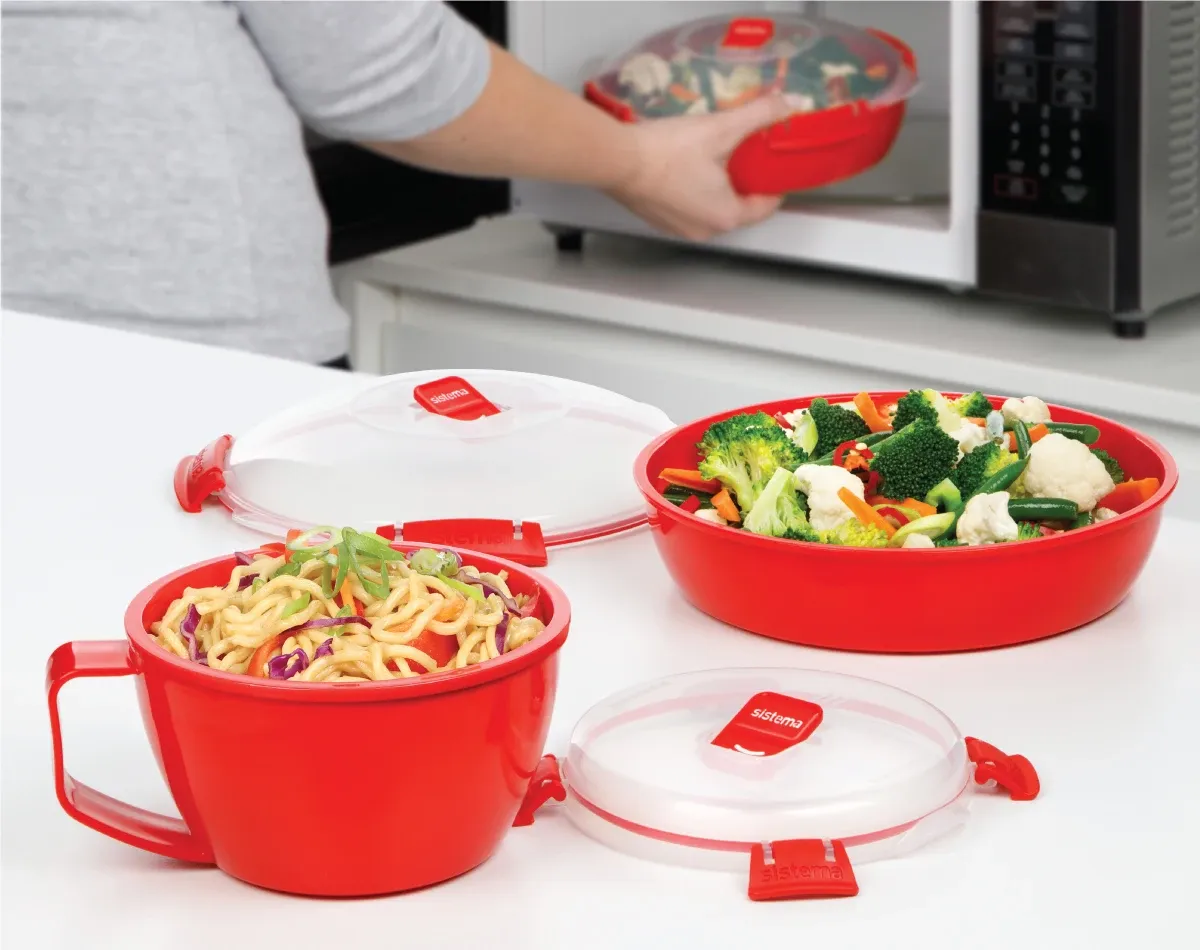
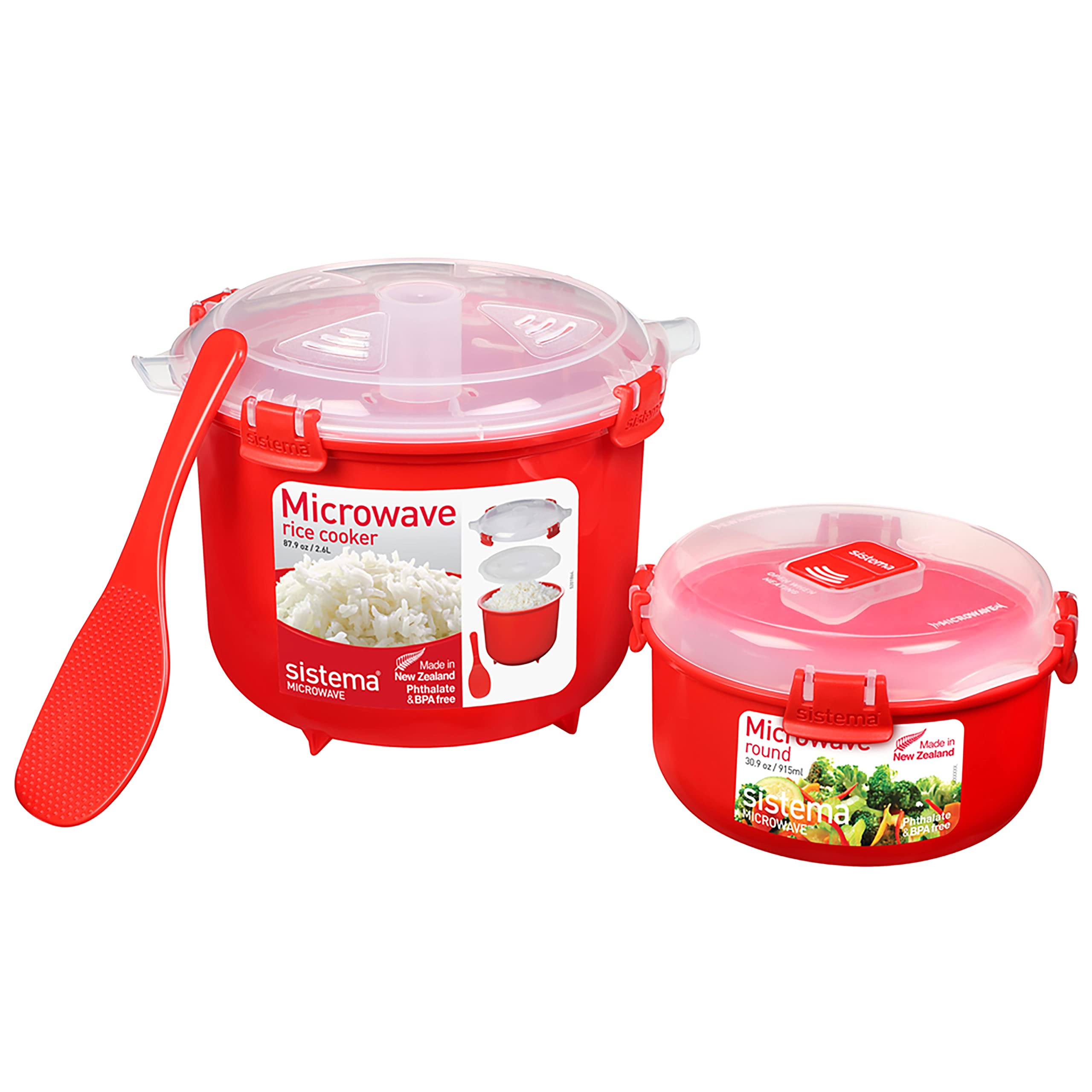
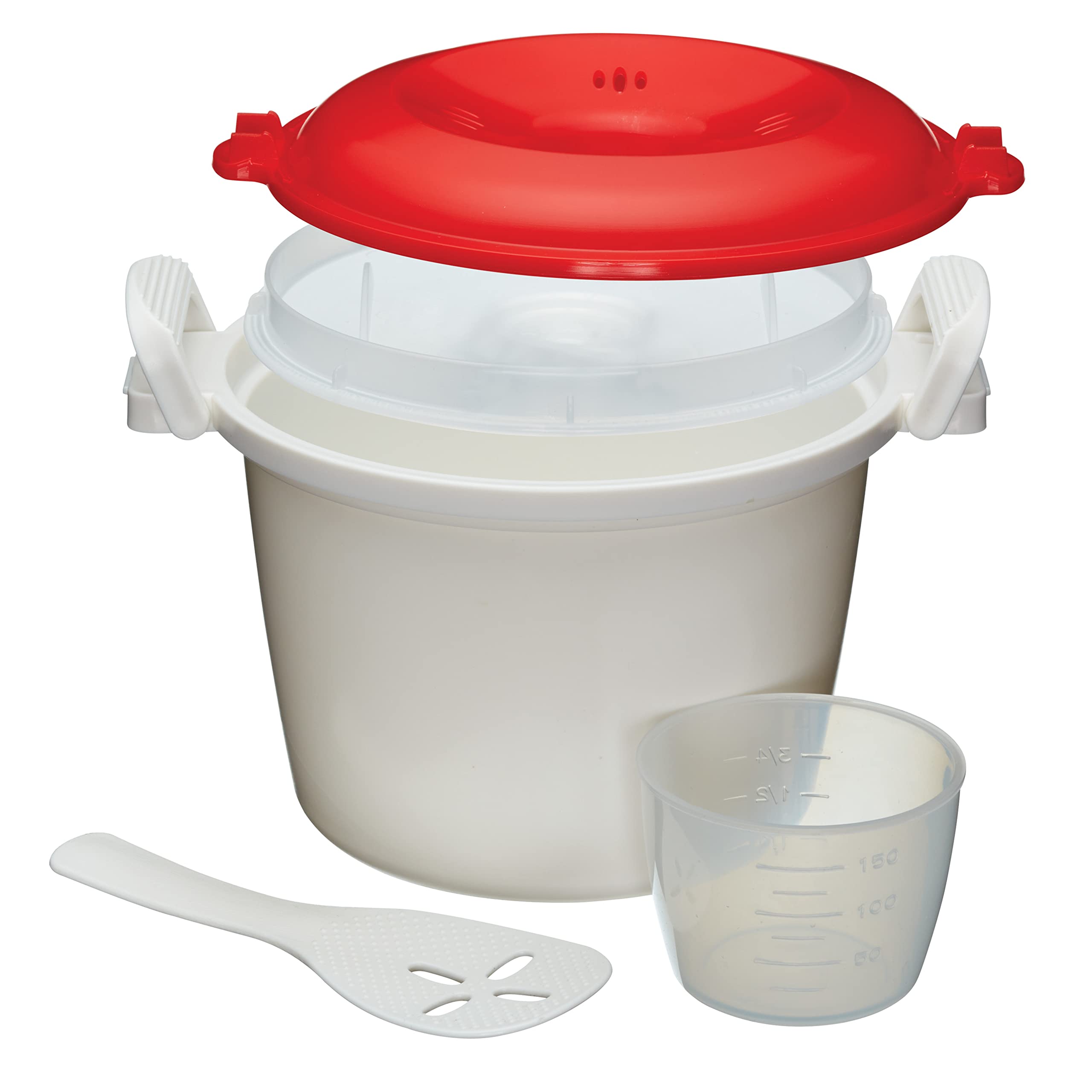
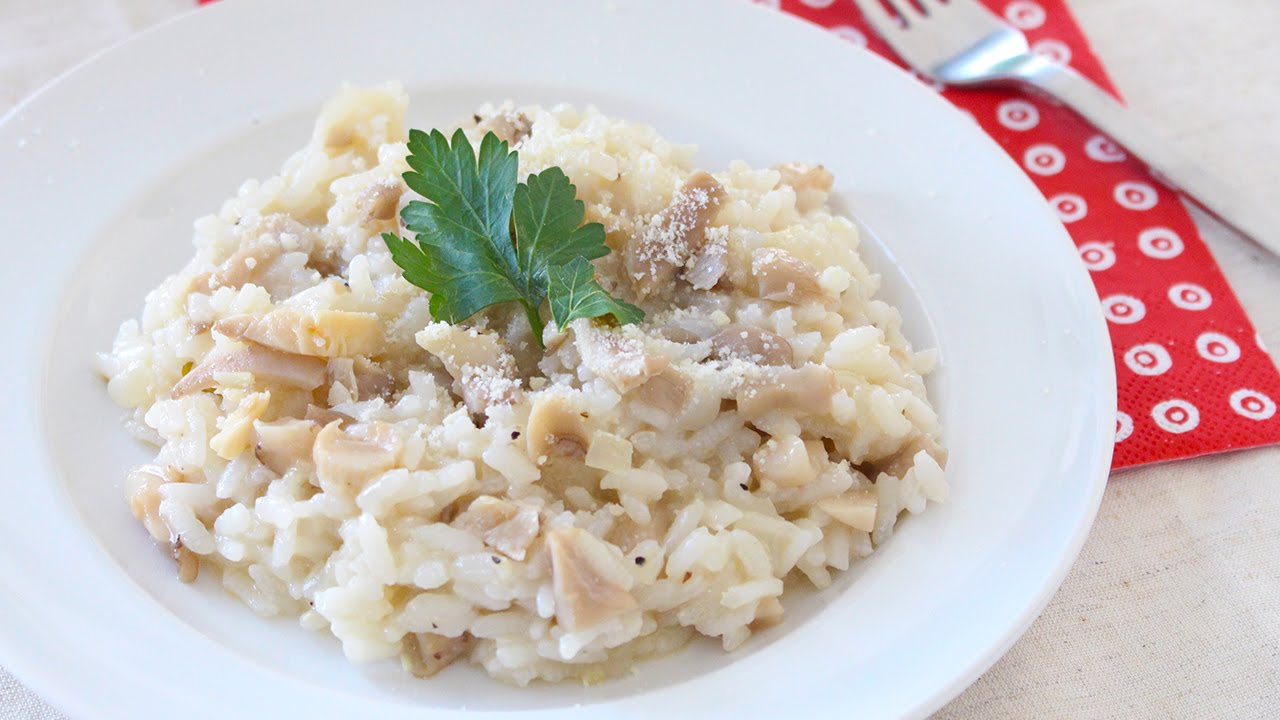
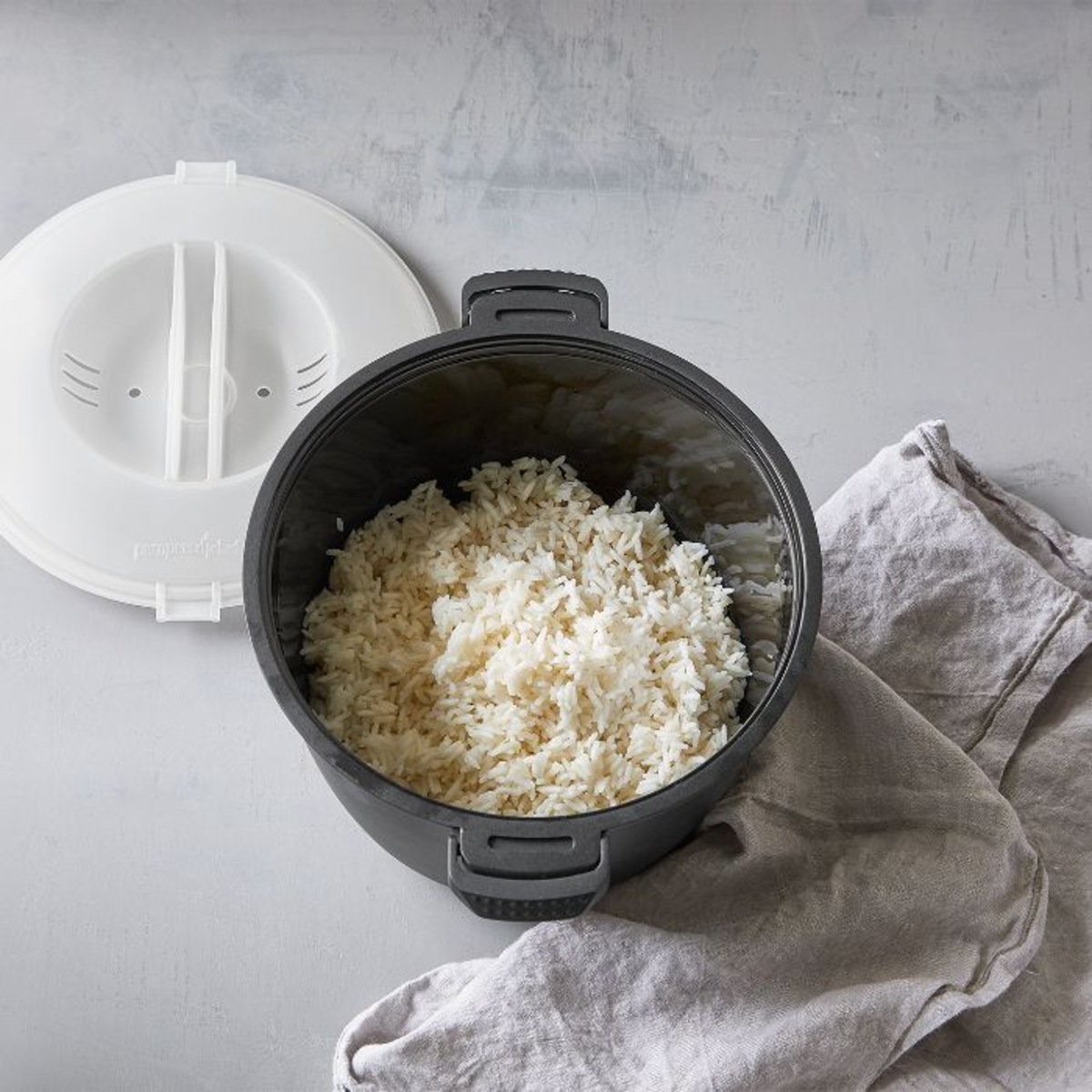
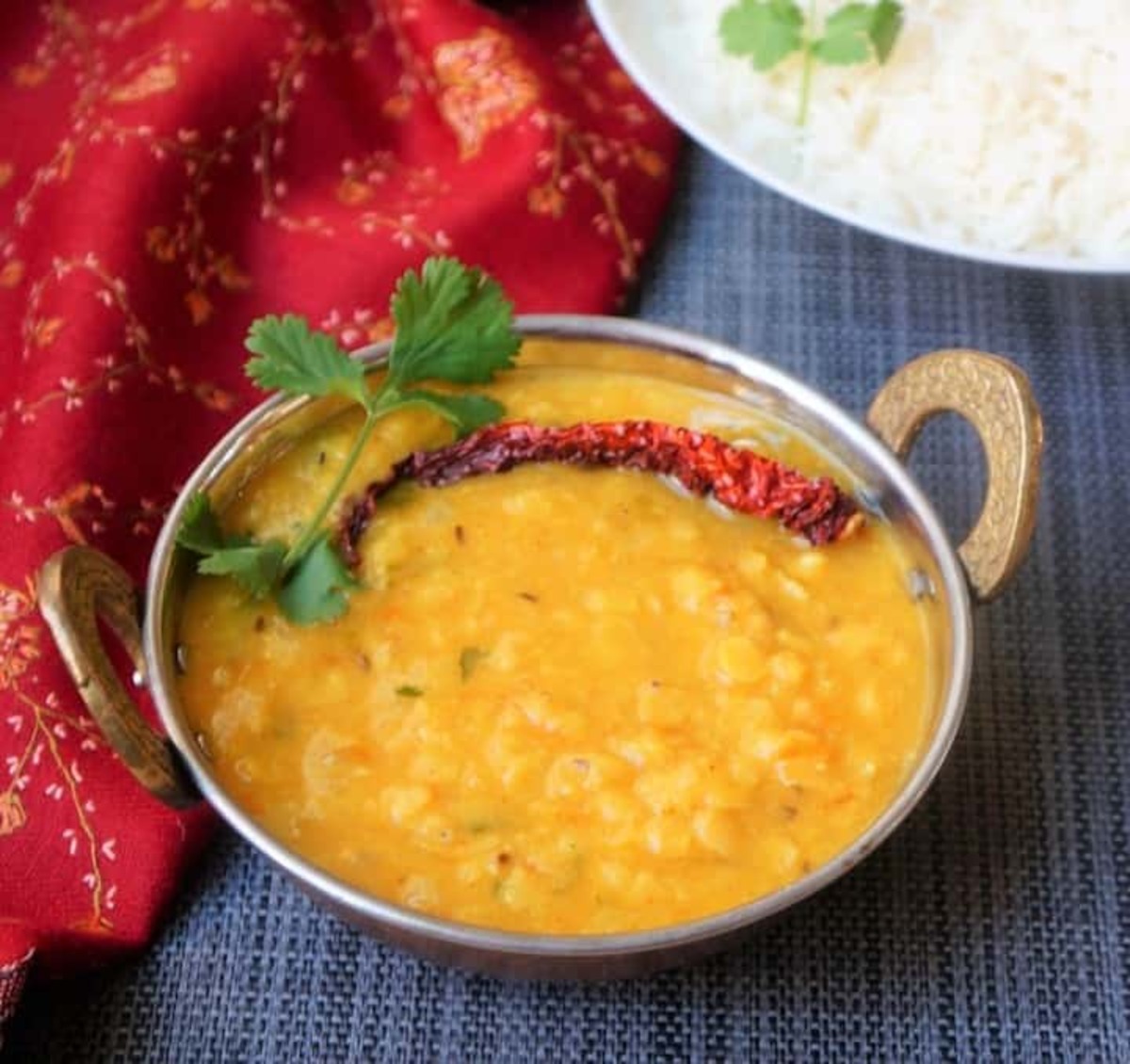
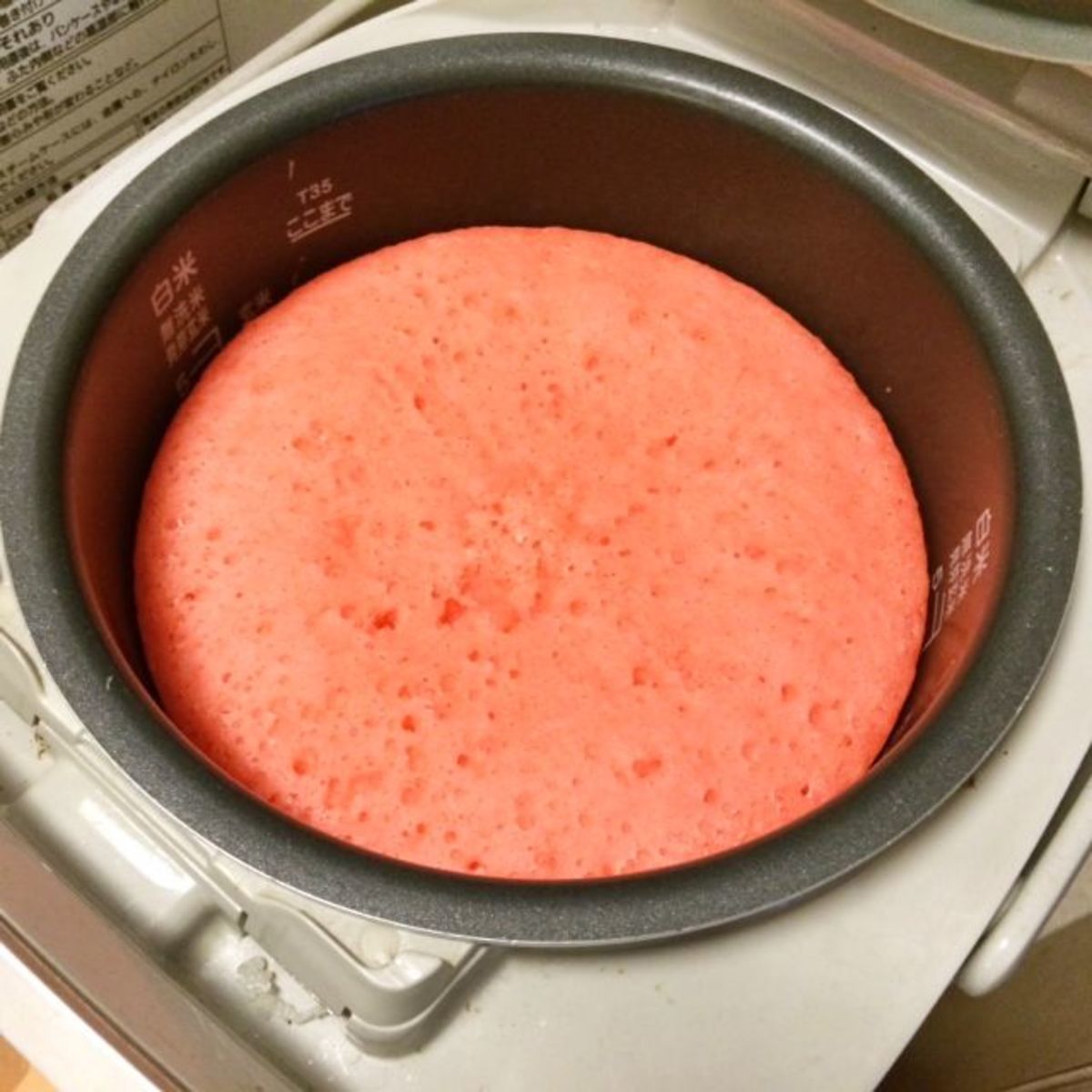
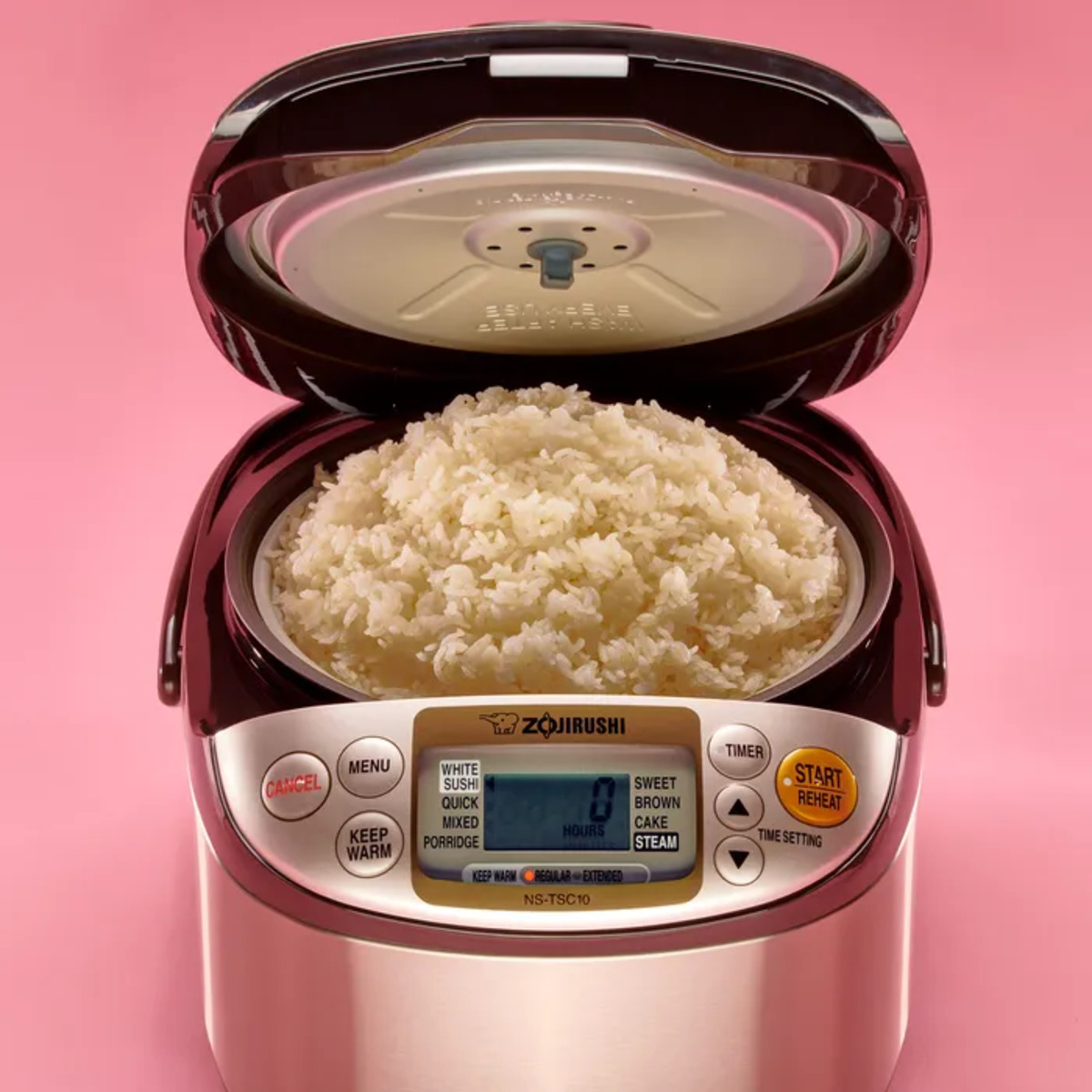
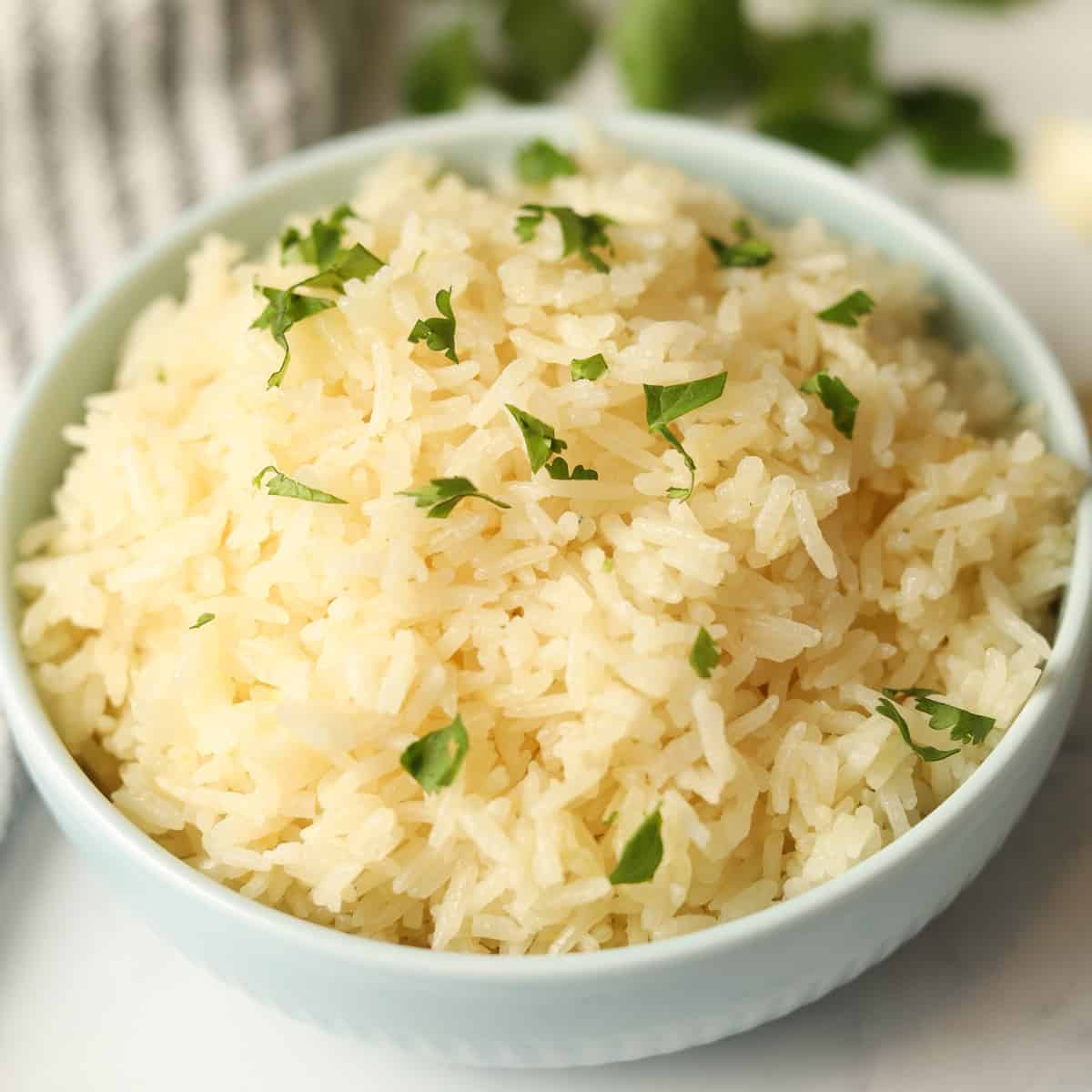
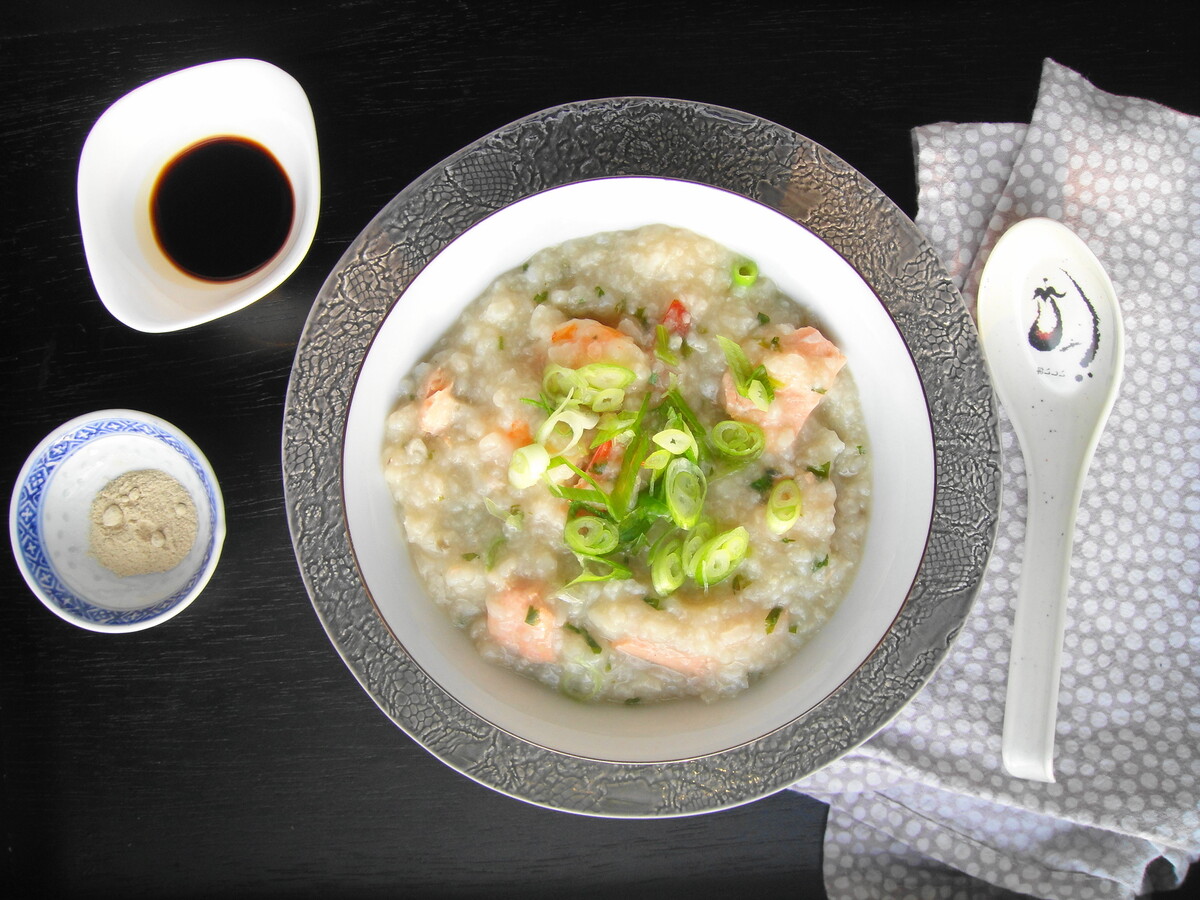
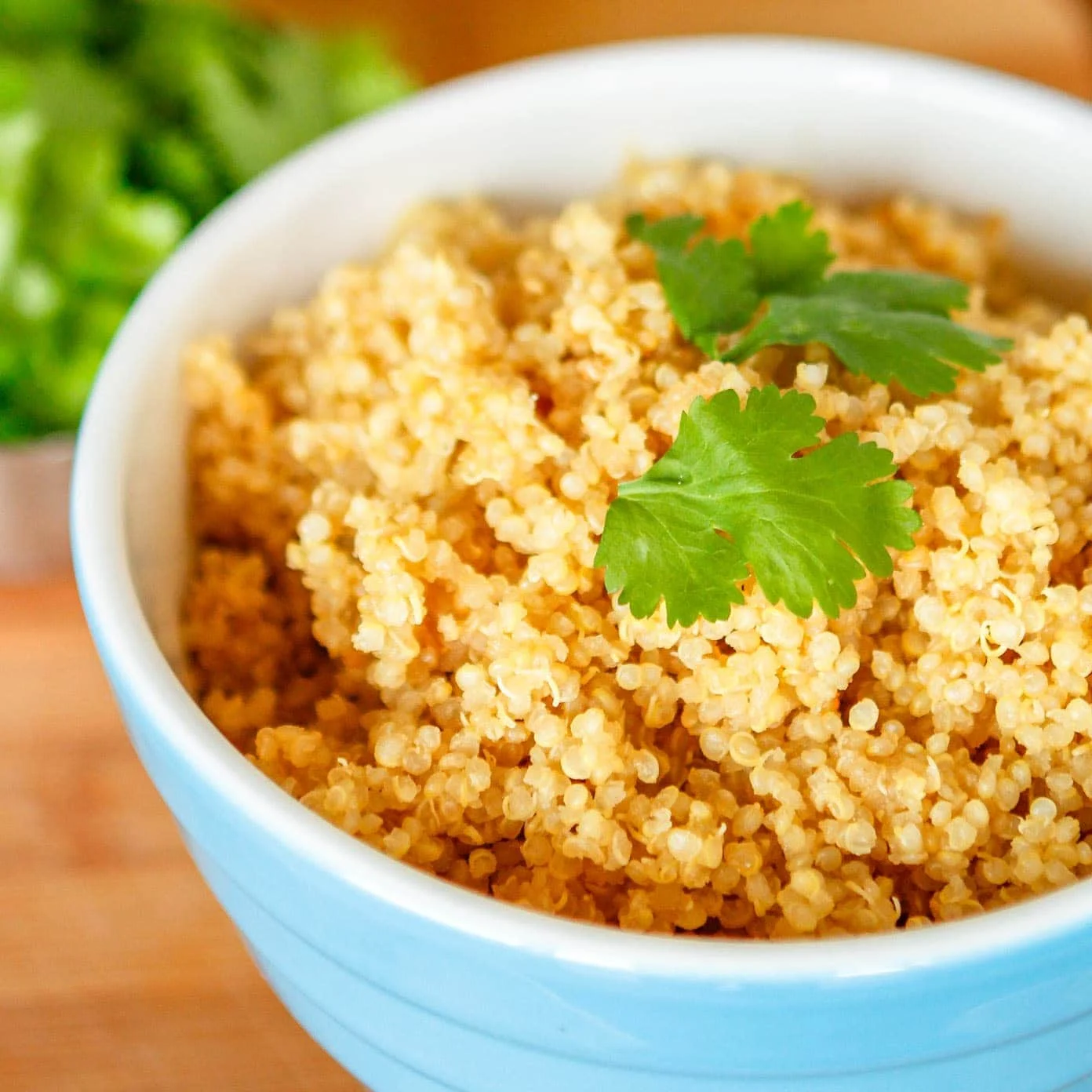
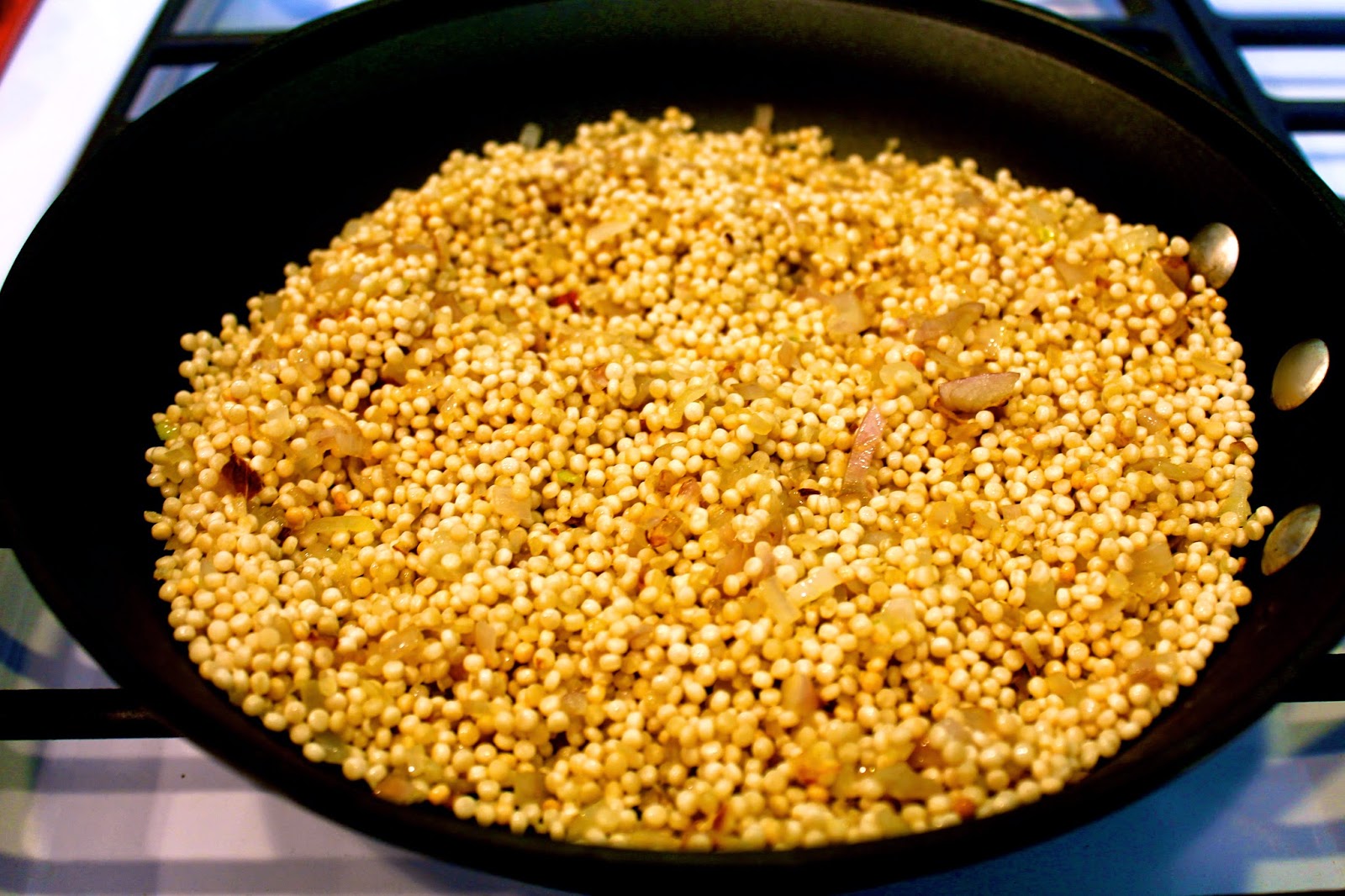
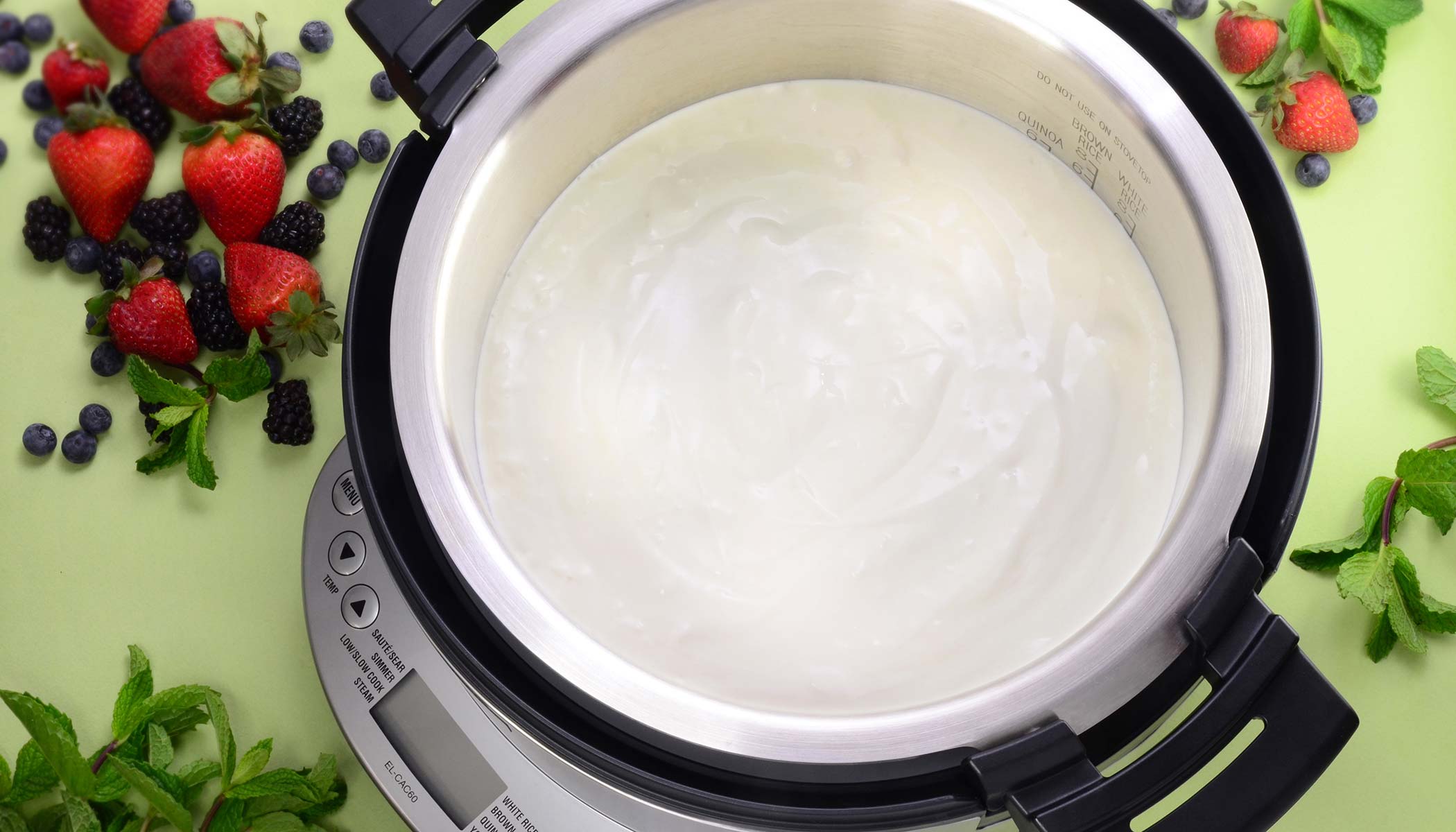

0 thoughts on “How To Make Rice In A Microwave Rice Cooker”